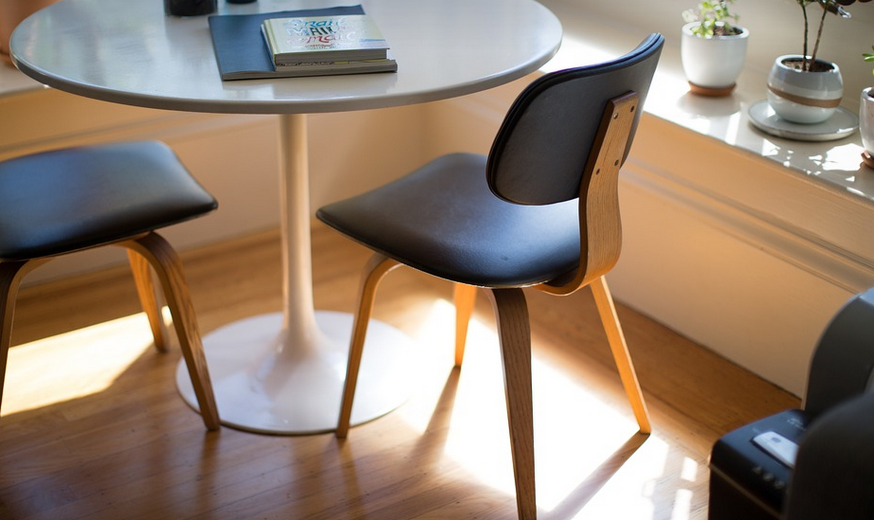
Why Doesn’t My Toilet Bowl Fill With Water?
The Mystery of the Partially Empty Toilet Bowl
We’ve all been there, staring into the toilet bowl with a mix of frustration and curiosity. That mysterious dance between water filling and then stopping just shy of brimming – we call this “the mystery.” Why doesn’t my toilet bowl fill up completely? It seems like a simple question that should have a straightforward answer, but sometimes nature and physics can be a bit baffling.
Let’s break down this plumbing puzzle. The reason your toilet bowl stays partially empty is rooted in the mechanics of how it works, specifically in the interplay between gravity, water flow, and a little magic called “the siphon.”
The Toilet’s Water Dance
To understand why your toilet keeps going for the water dance, let’s explore the core components: the bowl itself, the tank, the flush valve, and the siphon.
Imagine a water slide that starts high up and then flows down into a pool. That’s kind of what happens in your toilet. The water gets drawn from the bottom of your tank because gravity wants to pull it down.
The Toilet Tank
Your toilet tank is like a reservoir, holding water ready for action. It has a special valve called the “fill valve,” which opens when the water level drops and allows more water to flow in until it reaches a specific point.
The Siphon’s Secret
Now, this is where things get interesting. The siphon is the secret behind a flushing toilet’s magic trick. It relies on the power of pressure differentials. You see, as the flush valve opens, the water in the bowl starts to rush down and creates an upward force that pulls more water from the tank.
The Water Level Challenge
This is where things can get tricky. If the water level gets too high, it can create a pressure imbalance within the toilet bowl. This causes the siphon to lose its power, and the water in the bowl may not fully fill up. It’s like trying to balance a heavy object on top of a stack of books – you might find yourself struggling to reach equilibrium.
Why The Magic Stops
So why does the water stop? It’s because the siphon reaches its limit, and something called “backflow” kicks in. Backflow happens when excess pressure from the flush valve pushes the water level up into the overflow pipe. This is a safety mechanism that prevents the bowl from overflowing.
The Overflow Pipe
This overflow pipe acts as a backup, preventing water from spilling over the rim of your toilet bowl. It’s like an extra safety net for your plumbing system.
Understanding Your Toilet Bowl
So, why doesn’t your toilet always fill to the brim? It’s because of a delicate balance between gravity and the siphon. When the water level rises too high, the water flow is disrupted, causing the siphon to lose its power. This ultimately prevents your bowl from overflowing.
Fixing the Flaw
Here are some simple steps that can help you fix this problem: Adjusting the float valve, ensuring proper tank height and water level, or even checking for clogs in the overflow pipe.
A Note on Water Flow
Remember, the water flow rate is influenced by your toilet’s design. Some toilets have a faster flush speed than others. If you experience frequent problems with your toilet filling up partially, it might be time to call a plumbing professional for an assessment.